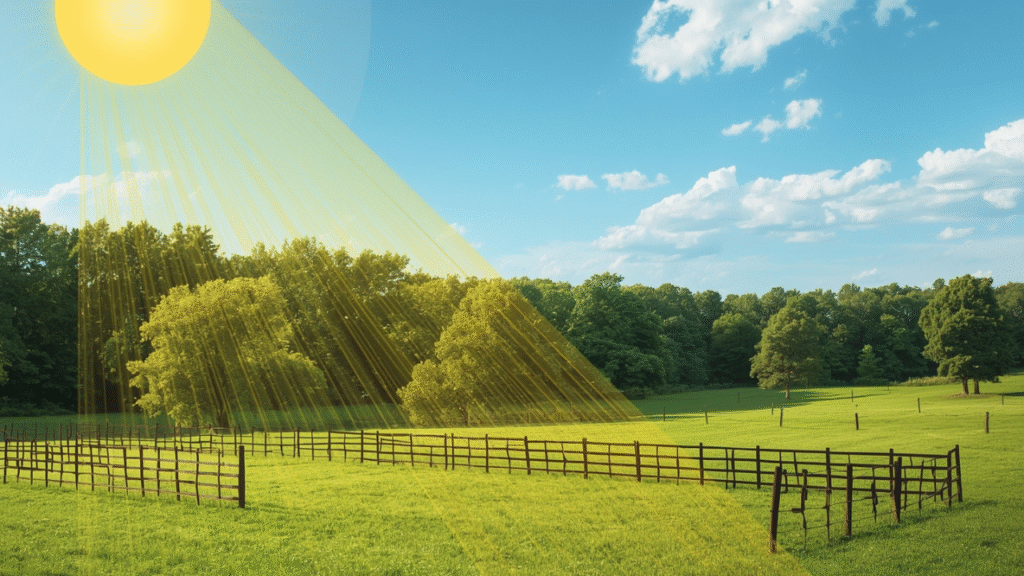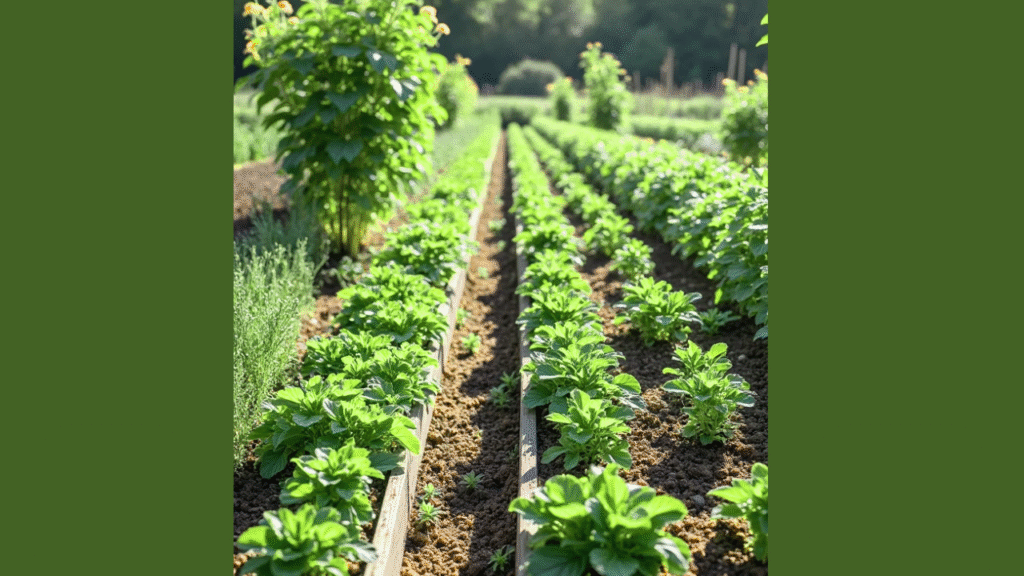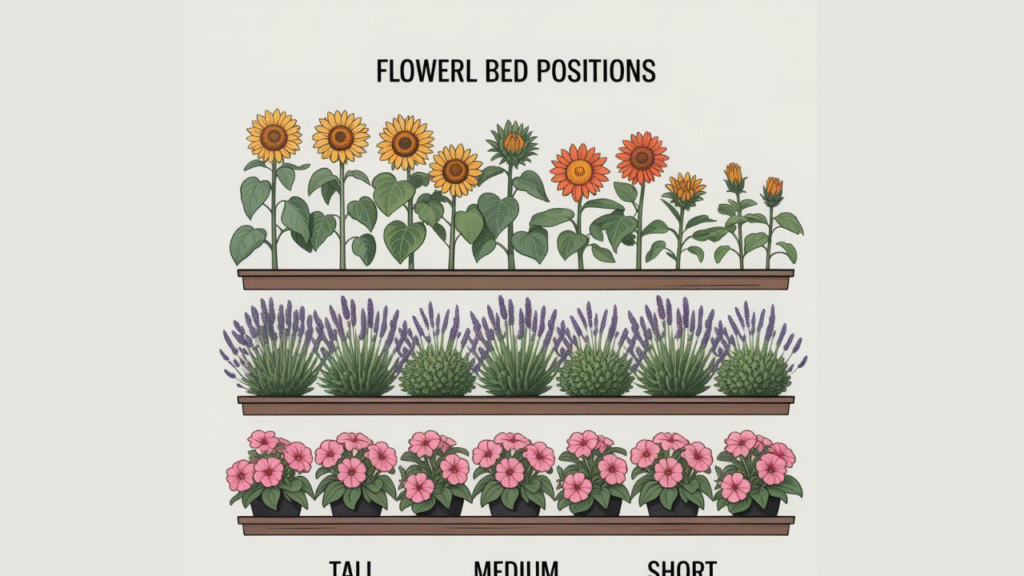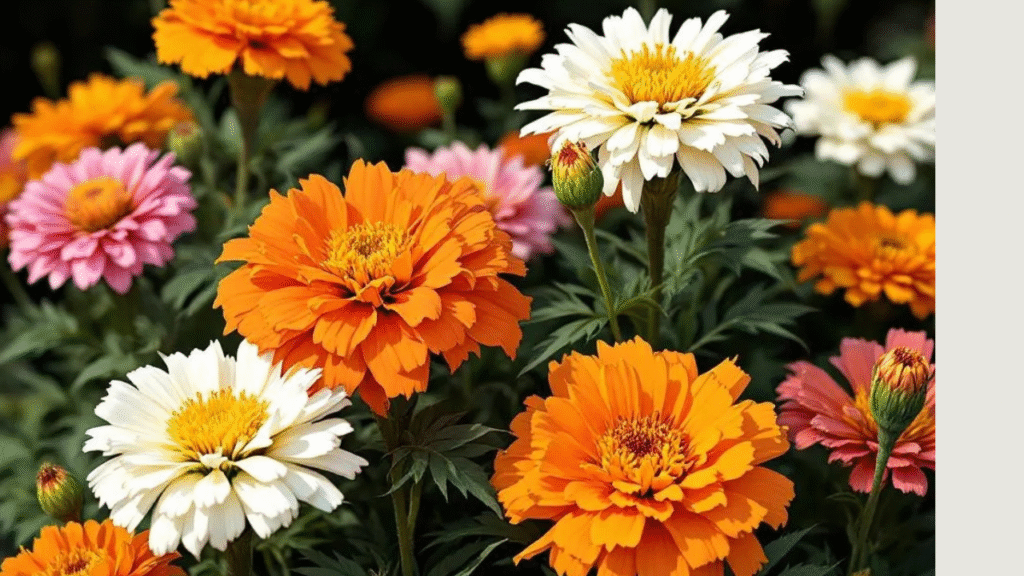
A Personal Note from Flora
I remember the first time I looked out at the blank patch of land that would one day become my flower field. I didn’t have a tractor, fancy tools, or a perfect plan—but I had a heart full of hope and the quiet dream of walking between rows of blooms I’d grown myself.
Designing a cut flower field might sound like something reserved for professionals, but I’m here to tell you: with a little planning and the right guidance, you can turn any sunny space into a bloom-filled garden you truly love. Whether you’re starting a backyard patch or mapping out your first small flower farm, this guide will walk you through every essential step.
I’ll share the same methods I’ve learned through muddy boots and sunlit mornings—so you can build a thriving, harvest-friendly flower field with confidence and joy.
Let’s get started!
Choosing the Right Location for Your Cut Flower Field

Designing your field starts with location—and the right spot will make everything easier, from growth to harvest.
Evaluate Sunlight and Wind Exposure
- Aim for 6–8 hours of full sun per day.
- Watch for nearby trees or buildings that cast afternoon shade.
- Consider wind protection—flowers like cosmos and snapdragons benefit from natural windbreaks or fencing.
Test and Prepare Your Soil
- Use a simple soil test kit to check pH, drainage, and nutrients.
- Most cut flowers thrive in well-draining, loamy soil with a pH between 6.0–7.0.
- Amend with compost, aged manure, or organic fertilizers before planting.
At the heart of how to design a cut flower field is the understanding that soil and sunlight are the foundation of every successful bloom.
Field Layout: Beds, Paths, and Productivity
The structure of your field directly impacts plant health, harvest efficiency, and your own physical comfort.
Raised Beds vs. In-Ground Rows

- Raised beds offer better drainage, especially in wet regions.
- In-ground rows are cost-effective for large areas and allow flexible spacing.
Plan for Comfortable Access and Movement
- Path width: 18–24 inches allows wheelbarrows and tools.
- Bed width: 30–36 inches is ideal for reaching across without stepping into soil.
- Orientation: Run rows north to south for even sun exposure.
Tip: Map your layout on graph paper or use free garden planner apps to visualize your field before planting.
Designing a cut flower field layout with pathways and ergonomics in mind will save your knees, your back, and your harvest season sanity.
Visualizing Your Layout with Digital Planning Tools
Before digging your first row, try sketching your layout with simple garden planning tools. These help you experiment with row direction, spacing, and bed counts before committing to your field design.
Recommended Free Layout Tools:
- GrowVeg Garden Planner – User-friendly drag-and-drop beds
- Plan-A-Garden by Better Homes & Gardens – Great for small space visualization
- Google Sheets + Gridlines – Customizable and printable for field use
Even a rough sketch helps you design a cut flower field that feels intentional from the start.
Planting Strategy: Maximize Blooms and Minimize Stress
How you group and schedule your plantings plays a major role in field performance.
Succession Planting for Ongoing Harvests
Plant in waves every 2–3 weeks to keep blooms coming all season long. Ideal for fast growers like:
- Zinnias
- Cosmos
- Sunflowers
- Celosia
Grouping by Flower Type and Height
Avoid overcrowding and shadowing by planting taller varieties (like sunflowers and dahlias) at the back of beds or northernmost rows.

Flower Bed Placement Guide
1. Zinnia
- Height: 18–36 inches
- Days to Bloom: 60–75 days
- Best Bed Position: Center or front of the bed
2. Snapdragons
- Height: 24–36 inches
- Days to Bloom: 90–100 days
- Best Bed Position: Middle rows
3. Sunflowers
- Height: 5–6 feet
- Days to Bloom: 75–90 days
- Best Bed Position: Back of the bed or north side
4. Cosmos
- Height: 36–48 inches
- Days to Bloom: 65–85 days
- Best Bed Position: Middle rows
Designing a cut flower field with intentional spacing and succession planting ensures you’re never overwhelmed and always harvesting.
Flower Crop Rotation and Field Calendar
Rotating flower types across seasons and years improves soil health and reduces disease cycles. It’s a key long-term design strategy.
Cut Flower Bed Rotation Plan
Year: 2025
- Bed A: Zinnias
- Bed B: Cosmos
- Bed C: Snapdragons
Year: 2026
- Bed A: Snapdragons
- Bed B: Zinnias
- Bed C: Dahlias
Year: 2027
- Bed A: Dahlias
- Bed B: Snapdragons
- Bed C: Cosmos
Keep a printed calendar of your rotation plan pinned near your tool shed or journal it each year to maintain long-term soil and bloom quality.
Smart Irrigation and Drainage Design

Proper water management is essential for flower health—and your peace of mind.
Install a Drip Irrigation System
- Delivers water directly to roots
- Reduces disease caused by wet foliage
- Can be automated with timers for consistency
Ensure Proper Drainage
- Avoid low-lying spots that collect water
- Slightly slope beds if necessary to direct runoff
- Add perlite or compost to improve poor drainage areas
Drip systems combined with thoughtful slope design allow you to design a cut flower field that thrives through dry spells and rainy weeks alike.
Post-Harvest Handling Zones in Field Design
While most focus on planting layout, don’t forget to include a small area for post-harvest processing. This space can streamline your flower care and reduce bloom damage.
Simple Post-Harvest Layout Tips:
- Designate a shaded area (tent, tree, or shed side) for sorting.
- Add a folding table and buckets for conditioning stems in cool water.
- Keep this zone close to your field entrance or main access path.
A practical harvest zone is often the hidden secret behind a smooth and efficient cut flower field.
Companion Planting and Flower Compatibility

Thoughtful pairings support natural pest control, pollination, and visual beauty.
Smart Flower Companions
- Marigolds deter nematodes and aphids.
- Sweet alyssum attracts beneficial insects like lacewings and parasitic wasps.
- Basil and dill near zinnias can confuse pests.
Avoid These Combinations
- Avoid planting aggressive reseeders (like mint or tansy) within cutting beds.
- Keep foliage-heavy plants like hostas away from your core rows.
Knowing what grows well together is key when you’re learning how to design a cut flower field that’s both beautiful and biologically balanced.
Flower Selection by Season and Market Needs
Choosing what to grow isn’t just about beauty—it’s about timing, purpose, and productivity.
Key Flower Choices by Season
Spring:
- Tulips
- Ranunculus
- Anemones
Summer:
- Zinnias
- Cosmos
- Lisianthus
Fall:
- Dahlias
- Rudbeckia
- Chrysanthemums
Think About Market and Personal Use
- Are you supplying florists? Focus on long-stemmed varieties.
- Growing for your kitchen table? Prioritize fragrance and color variety.
Selecting the right flowers for your needs is essential to how to design a cut flower field that brings both personal joy and professional value.
Bullet Tips for Beginner Success
- Start small. One 10×10 bed can produce hundreds of stems.
- Plant blocks of the same variety for easy harvesting.
- Label everything—markers fade, memory doesn’t help in July!
- Keep a journal of planting dates, bloom timing, and issues.
- Observe weekly and adjust watering/fertilization accordingly.
Designing a cut flower field is one of the most rewarding projects you’ll ever take on. It’s not just about perfect spacing or planning succession—though those matter—it’s about stepping into your garden each morning knowing it was built with intention and care.
As someone who’s learned through sunburns, windstorms, and the thrill of armfuls of dahlias, I promise: you’ll get there. Take it one row, one bloom, one season at a time. Your dream field is waiting—now it’s time to plant it.
Frequently Asked Questions
How much space do I need to start a cut flower field?
You can start with as little as 100 square feet. A 10×10 foot area with 3–4 beds can yield more than enough flowers for home use or small bouquet sales.
How do I plan my rows for easy harvesting?
Keep beds 30–36 inches wide and paths 18–24 inches wide. Run rows north–south for even light and group flowers by type or height to simplify cutting.
Can I mix vegetables and flowers in the same field?
Yes, many cut flower gardeners mix herbs and veggies like basil, dill, and calendula with blooms. Just ensure both crops have compatible sunlight, spacing, and watering needs.

